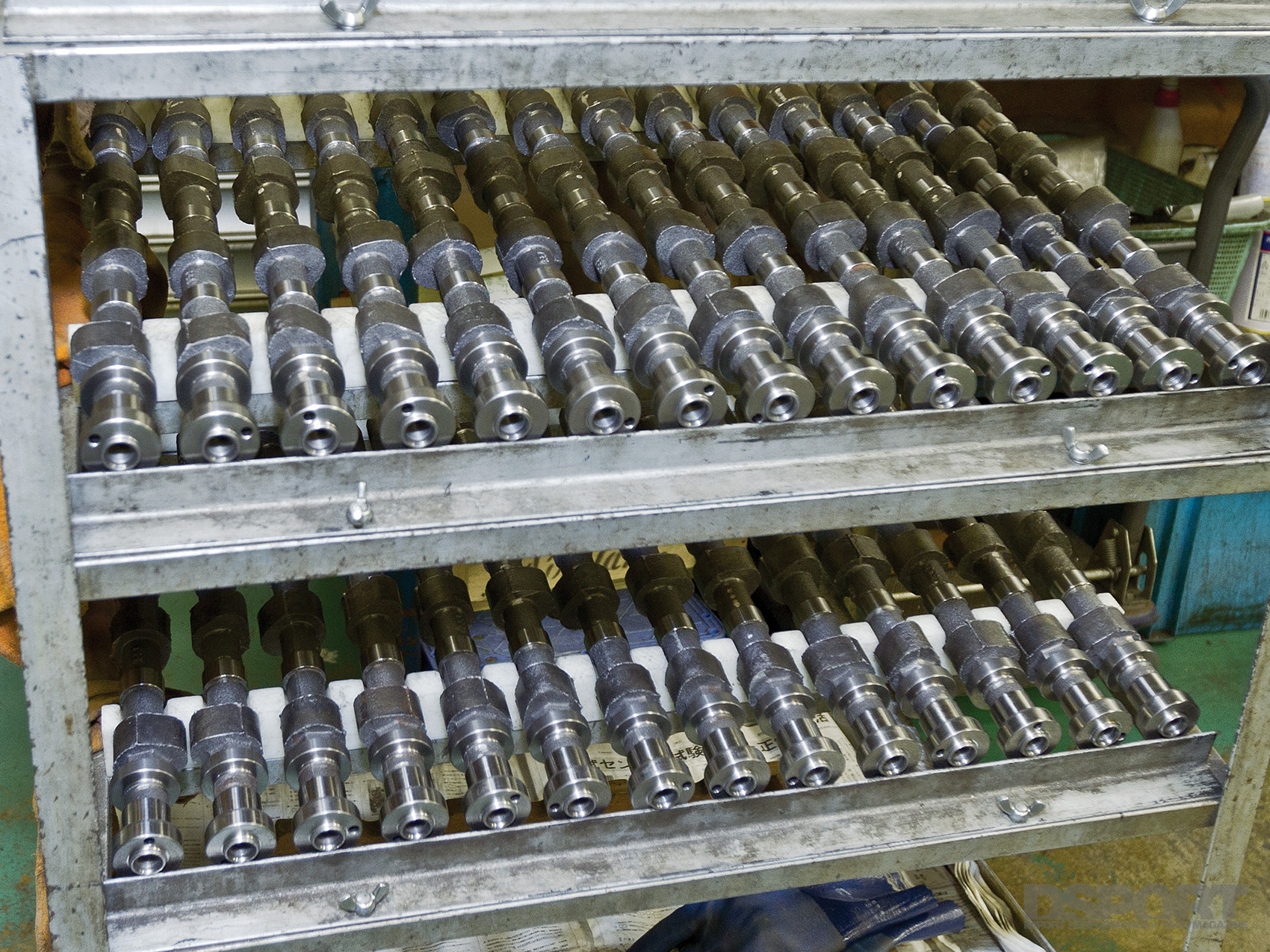The Bottom Line
A camshaft may look simple, but its job is very complicated. Understanding the function, design and limitations of aftermarket cams will allow you to make educated decisions about getting the right cam(s) for your car.
Remember to rely on the experts. The wealth of knowledge that the major cam companies possess is incredible. While it is great to have an understanding of cams, there are enough self-proclaimed engineers in the world. Nine times out of ten, the specialists at the cam companies will know more than you (that’s their job). The value of your performance education is identifying the one-out-of-ten instances that you may encounter.
As always, remember to consider that the camshafts are just one element of the performance combination. The intricate combination of parts needs to work together to produce the maximum in power and reliability. Camshafts will only do their job effectively when in harmony with the correct valvetrain components. Installation of the camshaft and complementary valvetrain components must also be done correctly. Failure to do so will result in a loss of performance and the potential for component damage.



